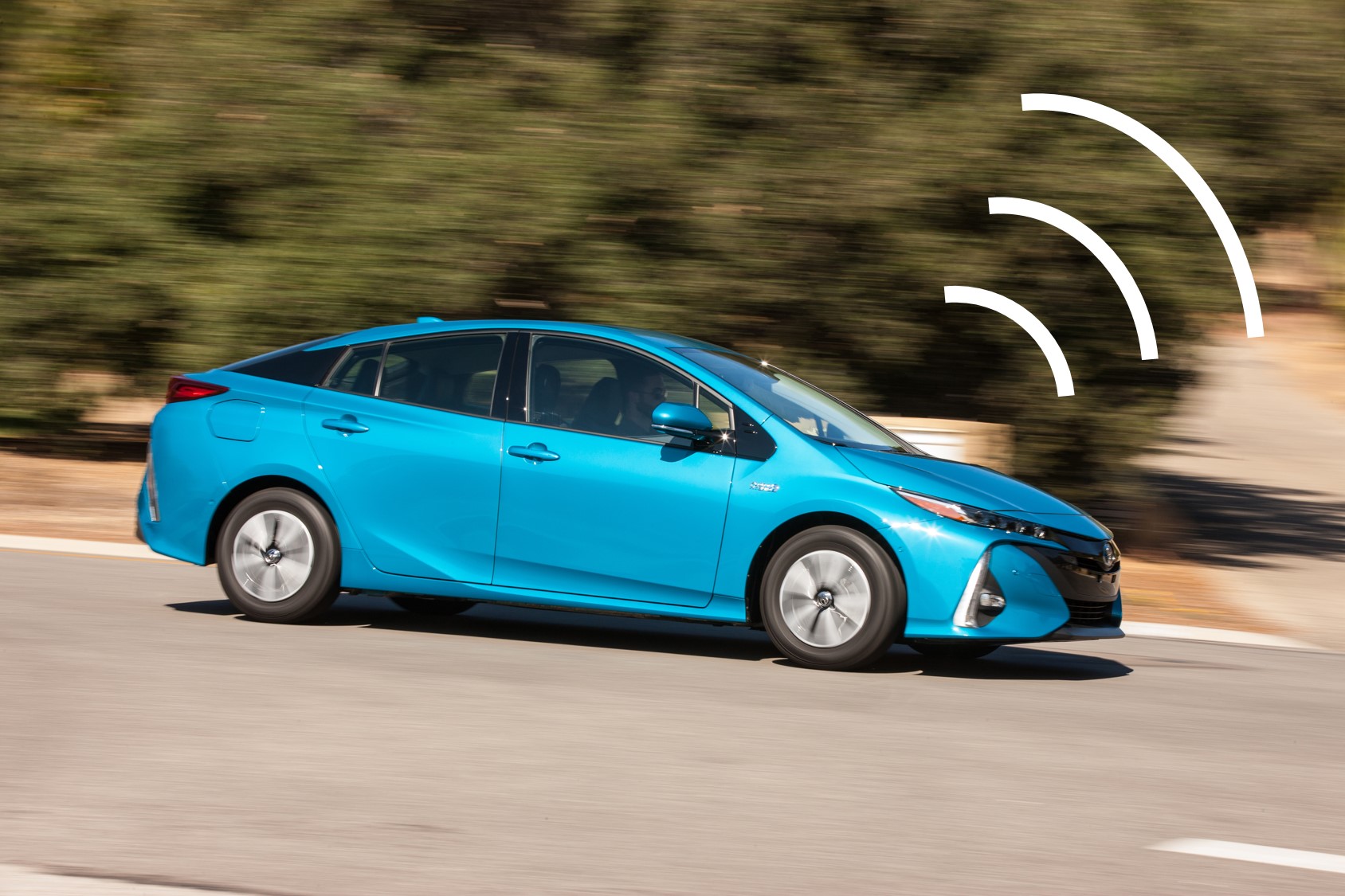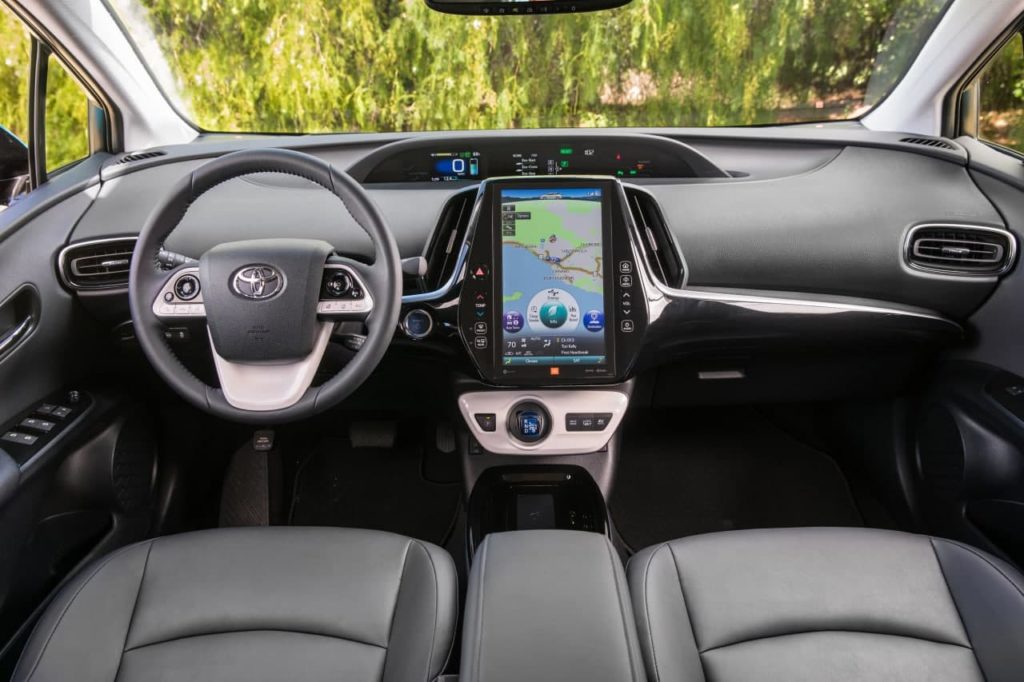In part, Toyota has a history of sharing much of its research. This information is not just for Toyota’s benefit, but for societal benefit. This goes to Toyota’s goals of creating more sustainable transportation and society.
An interview with Ken Laberteaux, Senior Principal Scientist at Toyota Research Institute, who is looking at the history of transportation in order to help Toyota understand the future of user experience.







